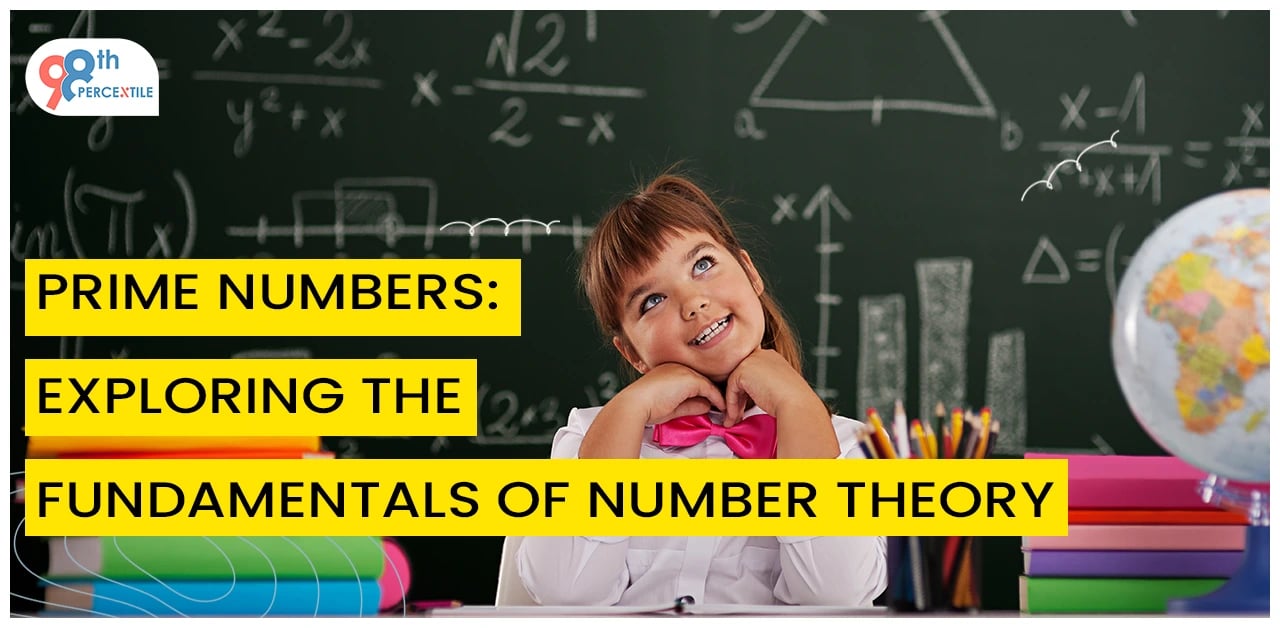Prime numbers play a fundamental role in many mathematical concepts and applications. Prime numbers have a tremendous impact on everything from protecting digital communication through encryption techniques to deciphering distribution patterns in number theory. This blog will go into the foundations of prime numbers, uncovering their uniqueness, investigating their importance in number theory, and studying real-world applications based on their interesting qualities.
What are Prime Numbers?
A prime number, or a natural number higher than one, is unique in that it cannot be divided by any integer other than one or itself. In contrast to composite numbers with numerous factors, prime numbers such as 2, 3, 5, 7, and 11 have a separate and solitary nature in the field of mathematics.
Properties of Prime Numbers
1. Uniqueness of Prime Factorization
A fundamental property lies in the uniqueness of prime factorization. Every composite number can be expressed as a singular product of prime numbers, forming the foundation for a myriad of mathematical algorithms and proofs.
2. Density and Distribution
Prime numbers, although appearing to be random, display remarkable distribution patterns. The Prime Number Theorem, a seminal work in number theory, describes the asymptotic distribution of prime numbers and their density among natural numbers.
3. The Sieve of Eratosthenes
The ancient Sieve of Eratosthenes, an algorithm for identifying prime numbers up to a given limit, underscores the simplicity and efficiency with which primes can be uncovered. This algorithm highlights the pivotal role of primes in computational processes.
Start Your Child's Math Journey Now!
Number Theory & Prime Numbers
Prime numbers play an important part in number theory, the branch of pure mathematics that studies integers and their characteristics. They contribute to conjectures and theorems. Key features include:
1. Fermat's Little Theorem
A cornerstone in number theory, Fermat's Little Theorem offers a method for primality testing and plays a crucial role in modular arithmetic with applications in cryptography.
2. Goldbach's Conjecture
The unsolved Goldbach's Conjecture suggests that every even integer greater than 2 can be expressed as the sum of two prime numbers, emphasizing the pervasive influence of primes in number theory.
Real-World Applications
The unique properties of prime numbers find practical applications across diverse fields:
1. Cryptography
In modern cryptography, prime numbers are essential for crafting secure encryption algorithms. The challenge of factoring large numbers into prime components forms the basis for secure digital communication.
2. Random Number Generation
Algorithms for generating pseudo-random numbers often leverage prime numbers, introducing unpredictability crucial in simulations, gaming, and cryptographic applications.
3. Error Detection and Correction
Book a free trial of Math Class for your kid now!
Join 98thPercentile for more information.
Book 2-Week Math Trial Classes Now!

 Students/Staff
Students/Staff Parents
Parents ElevatEd
ElevatEd



-Nov-18-2025-03-57-47-3267-AM.png?width=360&length=360&name=401x226%20(6)-Nov-18-2025-03-57-47-3267-AM.png)



-Jul-22-2025-03-16-52-8797-AM.png?width=360&length=360&name=401x226%20(6)-Jul-22-2025-03-16-52-8797-AM.png)






